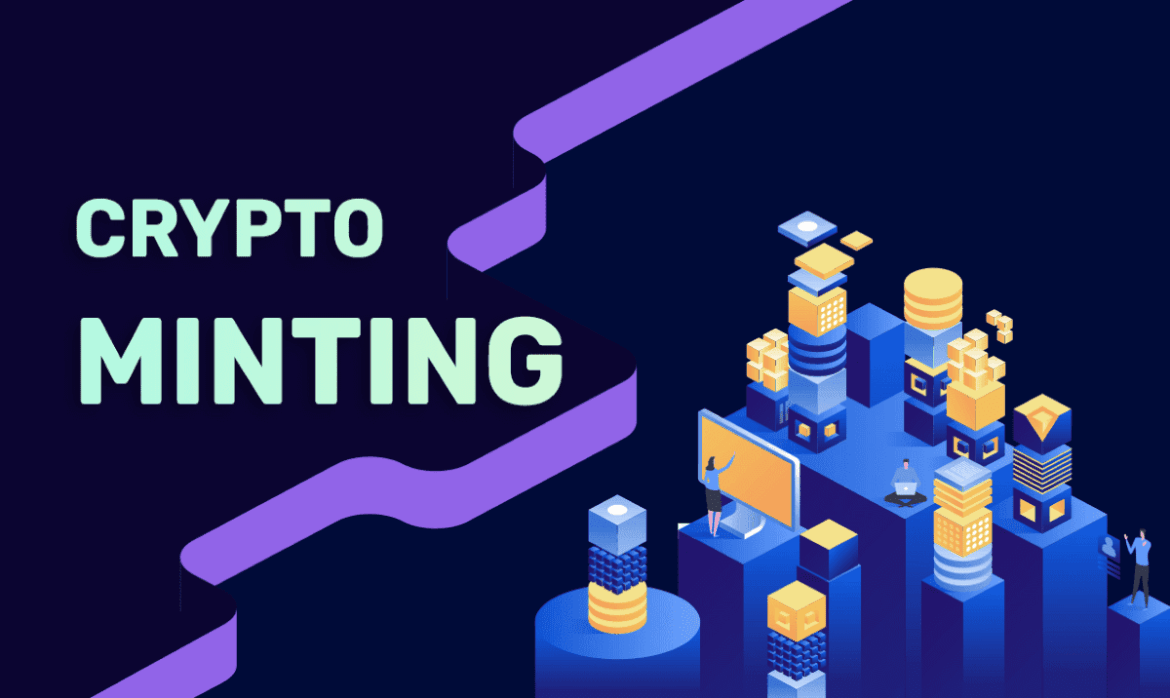979
Minting refers to the process by which tokens are generated. The term is often used in connection with cryptos and NFTs
This is what minting means for cryptocurrencies
Minting, also known as “creation” or “generation” of cryptocurrencies, is a central process in many blockchain networks that use the proof-of-stake (PoS) consensus mechanism.
- In contrast to Proof of Work (PoW), where miners use computing power to solve mathematical problems and verify transactions, Proof of Stake enables the validation of transactions and the generation of new blocks based on the amount of cryptocurrency a participant already owns, rather than the use of computing power.
- Minting is essentially about earning cryptocurrencies by participating in securing and validating the network. To participate in minting, a participant must hold a certain amount of cryptocurrency in their wallet and make it available to the network. The more cryptocurrency a user provides, the greater their chance of being selected to create new blocks and receive rewards in the form of transaction fees and/or new coins.
- The process of minting is often done automatically by the user’s wallet software connected to the network. When a user is selected to create a new block, they confirm transactions and add them to the next block in the blockchain. As a reward for these actions, the user receives new coins, which can consist of either transaction fees or the newly created cryptocurrency.
- Minting is an important part of proof-of-stake networks, as it not only ensures the security and integrity of the network, but also incentivizes users to hold their cryptocurrencies and actively participate in the network. Minting allows users to passively earn income by holding their cryptocurrencies on the network while contributing to the stability and functionality of the blockchain
Minting in connection with NFTs
Minting in the context of non-fungible tokens (NFTs) refers to the process of creating and authenticating unique digital assets on a blockchain.
- Unlike cryptocurrencies, which are fungible and interchangeable, NFTs represent individual digital objects such as digital artworks, collectibles, virtual properties and more.
- When minting NFTs, an artist, creator or maker creates a digital asset and uploads it to a dedicated NFT platform or NFT marketplace website. Through the minting process, the digital asset is uniquely tokenized and anchored on the blockchain, ensuring its authenticity, uniqueness and ownership rights.
- NFTs are often created through smart contracts, which are programmable contracts on a blockchain. These smart contracts define the properties and characteristics of the NFT, such as the name, description, image or file, creator and possibly special properties such as limitations or additional rights.
- Once minted, an NFT can be sold, bought or traded, similar to physical collectibles or artwork. Each time an NFT is transferred, its ownership is updated on the blockchain, ensuring a transparent and immutable record of transactions.

